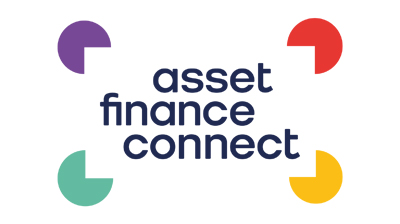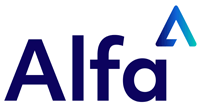Global air passenger traffic, which underpins demand for commercial aircraft, grew 6.5% in 2015 and 6.0% in the first half of 2016, as measured in revenue passenger kilometers (RPKs), according to the International Air Transport Association (IATA).
IATA projects a 6.2% RPK growth rate for 2016, while Fitch's 2016 expected range for revenue passenger mile growth is 5%-6% globally.
Sean Pattap, senior director, Fitch Ratings said: "Current market conditions favor aircraft lessors given record manufacturer backlogs and capital constraints faced by certain airlines.
"Even as air travel increases globally, airline profits remain sensitive to oil prices and geopolitical risk in certain areas of the world, most recently the United Kingdom, Turkey and Latin America."
Aircraft lessors' credit ratings are supported by strong franchise positions, capable management teams, improving fleet and funding conditions, and acceptable leverage ratios relative to ratings. Ratings on the sector are constrained by the monoline focus on aircraft assets, reliance on wholesale funding, the cyclicality of the aviation industry, and potential residual value risk.
The debt markets for aircraft lessors remain accommodative and aircraft lessors benefit from diverse funding sources including the capital markets, commercial banks, insurance companies and government-sponsored export credit agencies globally.
"Low oil prices have boosted airline profitability and lessor utilization rates, and kept repossession activity low, but if oil prices remain depressed for a longer period of time this could further enhance airlines' financial flexibility and reduce their leasing appetite," added Pattap.
The two largest aircraft lessors are GE Capital Aviation Services and AerCap Holdings Fitch notes, however, that Asian firms are increasingly gaining market share.
Earlier this year, Bohai Leasing Co., Ltd., which is majority-owned by the Chinese conglomerate HNA Group, rose to the top 10 global aircraft leasing firms with its acquisition of Avolon Holdings Limited. In Fitch's view, growth in the Asian aircraft leasing market can be attributed to Asian banks and governments making the industry a strategic priority but also to increased regulatory capital charges for US banks that engage in aircraft leasing.
As competition heats up in aviation, more consolidation is possible in aircraft leasing with CIT Group's ongoing exploration of strategic alternatives for its $10 billion commercial air business.
The value of new-technology aircraft
Steve Mason, director and head of aircraft evaluation and asset strategy, CIT Aerospace, said: “Given the recent decline in oil prices, the value of new-technology aircraft has been questioned, but this is not warranted. New-technology aircraft create revenue opportunities and reduce operating costs, enabling airlines to build competitive moats that support sustainable business models.
“The advantages of adopting new-technology aircraft early will dissipate as the world’s fleet shifts to the new types. It will be the early-adopters who fully utilize the benefits of new-technology aircraft that build a lasting competitive advantage. While the price paid for the new-technology aircraft will be crucial to continued competitiveness, the timing of the adoption may be more so.”
Mason stressed that new-technology aircraft create revenue opportunities and reduce operating costs by:
• increased revenue opportunities, enhanced payload-range and airfield performance and lower noise footprint will enable early adopters to gain a first-mover advantage;
• A trade-off between increased ownership cost of new-technology aircraft and fuel savings depends on utilization;
• aircraft with new technology will require fewer man-hours to be maintained and will spend fewer days on the ground; and
• new-technology aircraft will appeal to high-utilization operators, airlines developing new network structures, and carriers operating out of noise or runway restricted airports.




